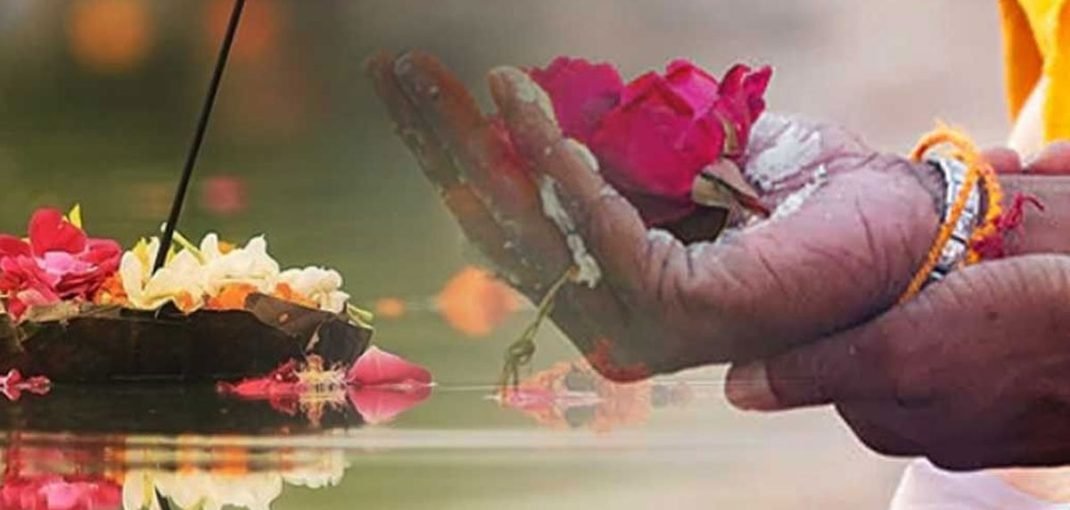Flowers have long held a special place in various rituals and ceremonies across cultures. Their vibrant colors, delicate fragrance, and natural beauty make them an integral part of human expression. In this blog post, we delve into the significance of flowers in rituals and explore the profound connection between these blossoms and our spiritual practices.
1. Historical and Cultural Significance :
Throughout history, flowers have played a vital role in religious and spiritual traditions. Ancient civilizations, such as the Egyptians, Greeks, and Romans, revered flowers as symbols of divine presence and used them in sacred rituals. From the lotus flower in Hinduism and Buddhism to the rose in Christianity, each culture has embraced specific flowers as representations of purity, love, and devotion. These floral symbols have transcended time, enriching our rituals with their deep-rooted historical and cultural significance.
2. Symbolism and Spiritual Significance :
Flowers possess a profound symbolism that goes beyond their physical beauty. The lotus, for instance, represents enlightenment and spiritual awakening, while the lily signifies purity and rebirth. Different colors carry their own meanings; red symbolizes passion and vitality, while white denotes purity and transcendence. Incorporating these symbolic flowers into rituals enhances the spiritual experience, allowing individuals to connect with the divine, express reverence, and invoke positive energy.
3. Aesthetic Appeal and Atmosphere:
Flowers have a transformative power that transcends their symbolic meaning. Their vibrant hues and fragrant scents create an ambiance of serenity, beauty, and tranquility. When used in rituals, flowers uplift the spirits, foster a sense of harmony, and set the stage for a deeper connection with the divine. Whether adorning sacred spaces, altars, or personal prayer areas, flowers infuse these environments with a sense of sacredness and invoke a contemplative state of mind.
4. Ritual Practices and Offerings :
Flowers are often used as offerings in rituals and ceremonies. The act of presenting flowers symbolizes gratitude, reverence, and devotion. In Hinduism, for example, worshippers offer flowers to deities during puja as a gesture of respect and surrender. Additionally, garlands made from fresh flowers are worn by devotees as a mark of honor and adoration. Flowers used in rituals are carefully selected, reflecting the purity of intentions and serving as a visual representation of the devotee’s inner state.
5. Healing and Energizing Properties :
Beyond their aesthetic and symbolic qualities, flowers are believed to possess healing and energizing properties. In various holistic practices like aromatherapy, flower essences are used to enhance emotional well-being and promote relaxation. Lavender, chamomile, and jasmine are renowned for their calming effects, while rose and ylang-ylang uplift the spirit and instill a sense of joy. By incorporating flowers into rituals, individuals tap into their natural healing energies, creating a harmonious balance between themselves and their surroundings.
Conclusion :
Flowers have a timeless allure that transcends cultural boundaries and connects us to something greater than ourselves. Through their historical significance, symbolism, aesthetic appeal, and healing properties, they enhance our rituals and provide a conduit for spiritual expression. Let us embrace the profound connection between flowers and rituals, allowing their beauty to enrich our spiritual journeys.
